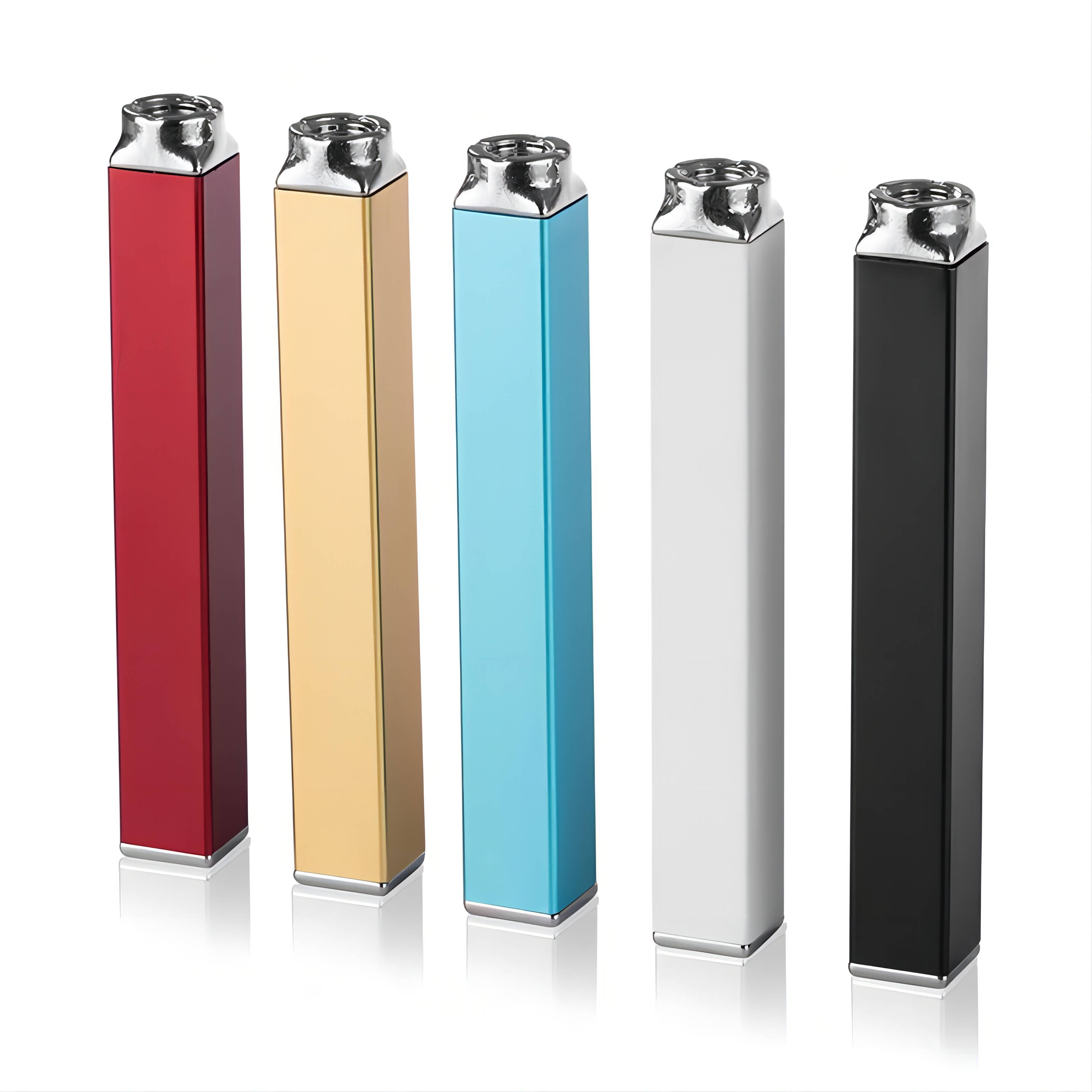Badder, Batter, and Budder: Definitions and Advantages
- March 10 | Jeremy Lin
Badder, Batter, and Budder: Definitions and Advantages
Badder, batter, and budder are all types of cannabis wax, but they have different textures and consistencies.
Badder has a loose, “saucy” consistency that is easy to work with and dab. It is often described as having a “whipped” texture, similar to cake batter. Badder is typically made using a hydrocarbon extraction process.
Batter is similar to badder, but it has a slightly thicker, more “doughy” consistency. It is also easy to work with and dab, and it is often made using a hydrocarbon extraction process.
Budder has a smooth, creamy texture that is similar to butter. It is more solid than badder or batter, and it can be difficult to work with at room temperature. However, it is easy to melt and dab, and it is known for its smooth, flavorful vapor. Budder is typically made using a solventless extraction process, such as rosin pressing.
Advantages of Badder, Batter, and Budder:
Potency: Badder, batter, and budder are all highly potent forms of cannabis, with THC levels that can range from 60% to 90%.
Flavor: These waxes offer a wide range of flavors, from fruity and sweet to earthy and pungent.
Effects: The effects of badder, batter, and budder can vary depending on the strain of cannabis used to make them. However, they generally produce a strong, long-lasting high.
Convenience: These waxes are easy to transport and store, and they can be consumed in a variety of ways, such as dabbing, vaping, or adding them to food.

